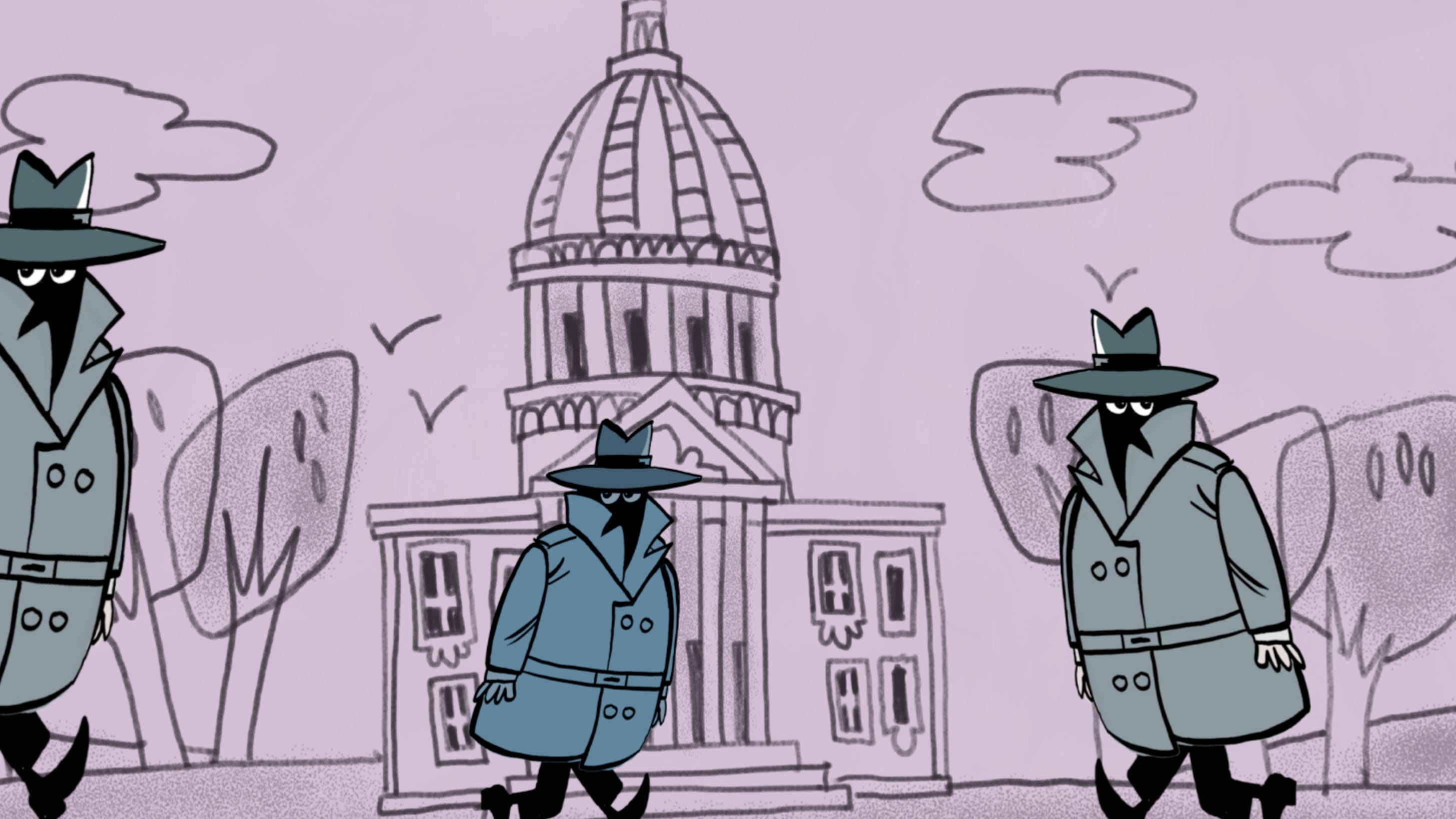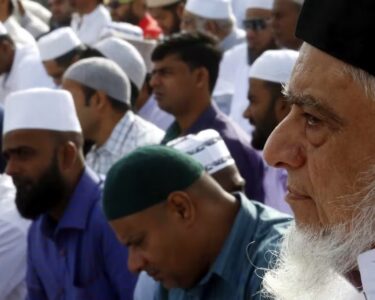What is the Deep State?
The Deep State refers to an unofficial network of powerful individuals and groups within the government, military, intelligence services, judiciary, and corporate sector who operate behind the scenes to control national policies, influence legal outcomes, and maintain the status quo. Unlike elected officials who change with time, these hidden forces remain in power regardless of political transitions.
A key characteristic of the Deep State is that it is not bound by party loyalty—people from different political parties, even those who appear to be rivals in public, may secretly collaborate to protect their mutual interests. This means that despite political differences, powerful figures might unite to suppress investigations, influence judicial decisions, and maintain their grip on power.

How Suranimala Questions the Deep State in Sri Lanka
In his column, Suranimala suggests that Sri Lanka has a well-entrenched Deep State involving:
- The Rajapaksa family (Mahinda, Gotabaya, Basil) – Accused of using the military and intelligence services to eliminate threats.
- Ranil Wickremesinghe and Tiran Alles – Alleged to be working closely with the Rajapaksas despite political differences.
- Sections of the Military and Corporate Sector – Accused of manipulating national events to serve their own interests.
- Attorney General’s Department & CID – Suggested to be influenced in ways that protect high-profile suspects.
Suranimala highlights how figures from different political camps can work together behind the scenes, even if they publicly appear as opponents. He specifically points out that Tiran Alles, who once accused the Rajapaksas of bribing the LTTE, later joined their government—suggesting secret alliances that defy public perception.
Premananda Udalagama’s Acquittal and the Deep State’s Influence
One of the most striking examples of alleged Deep State operations is the Lasantha Wickrematunge murder case.
- Premananda Udalagama, a former army intelligence officer, was arrested based on strong evidence linking him to the abduction of Lasantha’s driver, Dias.
- Dias had previously voiced his suspicion that Gotabaya Rajapaksa was behind Lasantha’s murder. He was later kidnapped, threatened, and forced to go into hiding.
- Udalagama was identified by both Dias and journalist Upali Tennekoon, who was also attacked.
- Earlier CID investigations under SSP Shani Abeysekara found sufficient evidence to arrest and remand Udalagama, along with two other suspects.
However, in 2025, Attorney General Parinda Ranasinghe Jr. unexpectedly dropped charges against Udalagama and two others, relying solely on a report by Prasanna Alwis—a CID officer accused of tampering with previous investigations to protect high-ranking officials.
Suranimala questions the motives behind this decision, implying that:
- The Deep State has influenced the Attorney General’s ruling to protect individuals linked to powerful figures.
- The same military intelligence units allegedly used by Gotabaya Rajapaksa in the past are now being shielded from prosecution.
- There is a pattern of investigations being derailed whenever they threaten political elites.
A Pattern of Cover-Ups
Suranimala suggests that Sri Lanka’s Deep State continues to function across different governments, ensuring that those in power remain untouchable. The Lasantha Wickrematunge murder case is just one example of how political and military elites work together to manipulate justice and silence dissent.
He warns that unless Sri Lanka breaks free from ethnic and political manipulation, more journalists and whistleblowers like Lasantha will continue to be targeted, while the real power remains in the hands of an unelected, shadowy elite.







